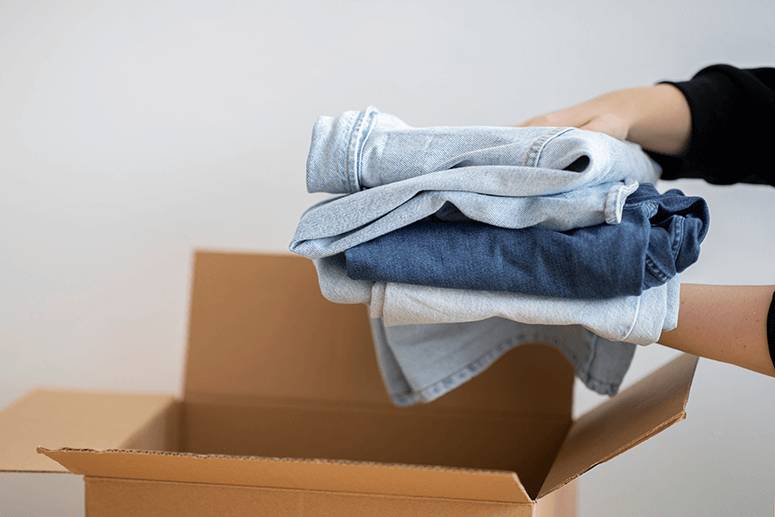This is a constant thought that began lifetimes ago when I was a fashion stylist. I had accumulated so much: accessories, shoes, and clothes.
Not all of them were for my use. About half were for shoots, whether commercial (and I used them for layering), editorial (when featured products did not cover an entire outfit), or personal (for my or the photographer’s portfolio).
It had to take a number of house transfers through the years for me to realize I had too much stuff. Since I had stopped styling, I no longer needed them.
In midlife, I think about how the next half of my life will go. I hope for it to be calmer, more peaceful, more steady, and to have less (or none) of what I don’t need. No more dead weight.
Gentle approach to decluttering
Decluttering is often presented as a frantic race against overflowing closets and garages. But what if the process could be approached with intentionality, peace, and a focus on legacy?

This is the essence of Swedish Death Cleaning ( *dödsstädning*), a practice gaining popularity worldwide.
The term might seem morbid, but its origins are rooted in practicality and emotional preparation. Margareta Magnusson, the author who popularized the term, didn’t intend it to be grim.
It is actually a straightforward description of the process: cleaning and organizing one’s belongings *before* death, making life easier for loved ones and providing a sense of closure for oneself.
It’s about consciously deciding what to keep, what to donate, and what to discard, freeing oneself from the burden of material possessions.
Unlike typical decluttering methods that often focus solely on organization, Swedish Death Cleaning involves a deeper emotional connection with one’s belongings.
It’s about reflecting on the memories and sentiments attached to each item. This process isn’t about ruthless discarding; it’s about thoughtful curation.
How it’s done
The core principle of Swedish Death Cleaning is to start with the oldest items and work your way forward.
Magnusson suggests beginning with items from the furthest reaches of your storage spaces—attics, basements, and forgotten corners. This allows you to tackle the most emotionally charged items first, gradually moving towards more recent possessions.
The process involves asking yourself key questions about each item:
Do I truly love this? If not, it’s likely time to let it go.
Do I use this regularly? If it’s gathering dust, it might be time for a new home.
Does this hold sentimental value? If so, decide if the memory is worth keeping the item, or if the memory can live on without the physical object.
Who might appreciate this? Consider gifting items to loved ones who will cherish them.
This methodical approach allows for a gradual, less overwhelming decluttering experience. It is not a weekend project; it’s a continuous process, often spread over months or even years.
The pace is dictated by the individual, allowing for reflection and emotional processing.
Impact on mental health
The benefits of Swedish Death Cleaning extend beyond a tidy home. The act of consciously letting go of possessions can have a profound impact on mental health:
Reduced stress and anxiety: Clutter is often associated with stress and anxiety.
By decluttering, you’re removing visual and mental distractions, creating a more peaceful environment.
Improved focus and productivity: A clear and organized space can lead to improved focus and concentration.
Sense of control and accomplishment: The process of systematically decluttering provides a sense of control and accomplishment, boosting self-esteem.
Emotional closure: Letting go of items associated with painful memories can facilitate emotional healing and closure.
Legacy planning: Organizing belongings simplifies the process for loved ones after your passing, reducing their burden during a difficult time.
Swedish Death Cleaning isn’t about preparing for death in a morbid sense; it’s about living more fully in the present.
By consciously curating our possessions, we create space—both physical and mental—for what truly matters in life.
It’s a gentle, intentional way to declutter, fostering a sense of peace and leaving a positive legacy for those we leave behind.
#PropertyReportFeature
#FeaturedStory
